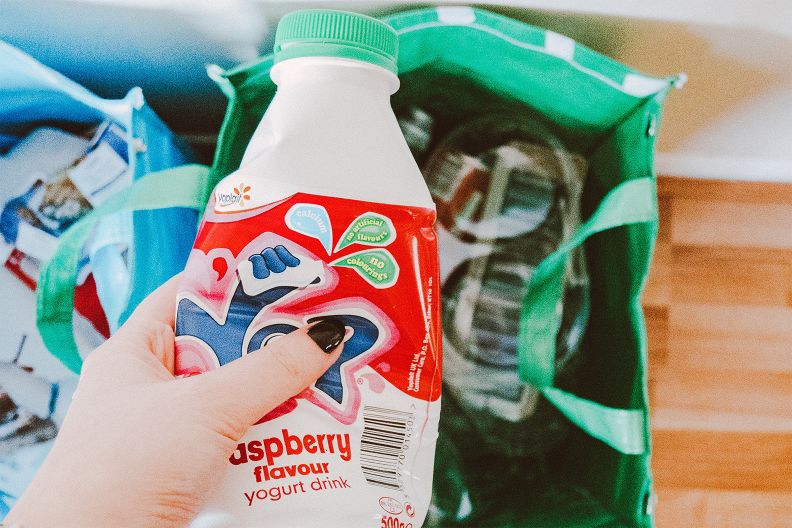Reasons to go biodegradable

We are producing more plastic waste today than ever before; in fact, scientists estimate that there could be more plastic than fish living in our oceans by 2050. Even our tap water contains microplastics up to 80% of the time.
With this in mind, retailers and product manufacturers are turning to biodegradable plastic, a material that can decompose naturally once exposed to the right environment, in a bid to reduce their impact on the planet. We take a look why.
Environment
When a plastic is deemed to be biodegradable, it means it can be broken down naturally into carbon dioxide, water and biomass through microorganisms like bacteria and fungi. This process makes biodegradable packaging an incredibly eco-friendly alternative to traditional plastic.
Numerous materials contribute to the making of biodegradable plastic, including plants, starches, corn oil and even the peel from citrus fruits. Using such components means we no longer require chemical fillers that are usually found in traditional plastics, which can cause severe damage to the environment.
Cost
Typically, biodegradable plastic production uses 65% less energy than traditional plastic methods, making biodegradable plastic incredibly energy-efficient. Although the components required to manufacture biodegradable plastic are slightly higher priced, taking into consideration the energy savings, the long-term cost could be substantially less than traditional plastics – especially if the clean-up costs from plastic pollution are taken into account.
Waste
Approximately 13% of our current waste system is made up of plastic, which represents around 32 million tons of waste each year. Shockingly, only 9% is placed into recycling programmes. The remaining non-recycled plastic is taken into landfills and other waste disposal programmes, where it could remain for more than a century (or even indefinitely).
With biodegradable packaging, when transported to a facility with suitable composting equipment, we can expect an entire breakdown of the product within 36 months!
Toxins
If we were to throw a bucket-full of traditional plastics into a landfill, as the plastic begins to break down, methane and other pollutants would be released into the environment as a result. These gases and compounds don’t typically exist within biodegradable plastics, and as a result, these dangerous toxins aren’t released upon decomposition.
Bisphenol A (BPA) is a common ingredient used in the manufacturing process of traditional plastics, which historically has been known to be harmful to our health. It’s hard to believe such a substance still exists in some examples of plastic tableware, water bottles and sports equipment. Biodegradable plastics eliminate the need for these substances.
Marketing
The marketing opportunities associated with biodegradable packaging are huge. Increasingly, consumers are opting for groceries and household items that use biodegradable packaging. This provides an invaluable opportunity to any business looking at ways to set itself apart from the competition and increases sales.
To name a few, Coca-Cola have introduced a bio-plastic bottle for their beverages, Adidas have begun manufacturing biodegradable trainers made from silk and a research company have developed a biodegradable plastic made from cactus juice.
If you’re thinking about enhancing your product with biodegradable packaging, Paramount Packaging Systems have the systems needed to get the ball rolling. Speak to our team today on 01252 815 252 to discuss your project.